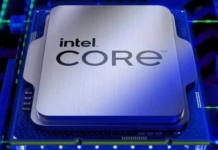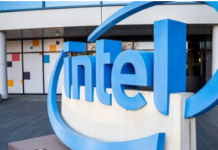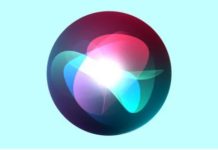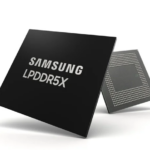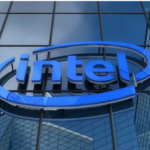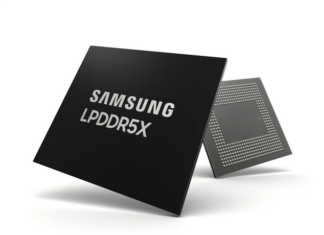Intel’s plans are to use three-dimensional cache, which can improve specific workloads and in-game performance as evidenced by AMD Ryzen X3D processors. This was revealed by the CEO of Intel, Pat Gelsinger, on the occasion of Intel Innovation, during a question and answer session with the press, also specifying that this technology will be used with various types of processors and that it will be implemented differently than what the competition did.
That particular type of technology is not part of the Meteor Lake endowment, but in our roadmap there is a concept of 3D silicon according to which we will have the cache on one die and on another die stacked on top of this we will have the CPU… – Pat Gelsinger, CEO of Intel
Intel already uses packaging solutions such as EMIB and Foveros that allow the realization of solutions of this type, but for the moment it has focused on different implementations such as the neural unit in the SoC tile of the Meteor Lake processors and as the possibility of integrating 16 GB of memory within the CPU package. And it is almost impossible that there will be three-dimensional cache on board the upcoming Raptor Lake Refresh processors, based on the same technology as the previous series as can be seen from the name alone.
It is not even said that the three-dimensional cache is part of the equipment of future Arrow Lake processors, arriving in 2024 with the new Intel 20A production process, PowerVIA power supply and new RibbonFET transistors. On the other hand, Intel’s next-generation desktop processors have already been the protagonists of numerous rumors and revelations, none of which mention 3D cache. But we could be faced with an approach similar to AMD’s, with standard models without three-dimensional cache to give the maximum in terms of computing power and models with three-dimensional cache designed to give the best where the decrease in latencies is important.
We believe we have advanced capabilities for next-generation memory architectures and benefits for 3D stacking, both for small dies and very large packages for AI and high-performance servers. Basically we have a full range of these technologies. We will use them for our products and also introduce them to Intel Foundry Services customers. – Pat Gelsinger, CEO of Intel
In any case, in the near future Intel will have opportunities to introduce this technology. In 2024, in fact, the new Lunar Lake mobile processors with Intel Xe2 graphics architecture will arrive and in 2025 it will be the turn of the Panther Lake series of processors, a direct evolution of Lunar Lake which, according to what Intel revealed, will be composed of both mobile and desktop models.



